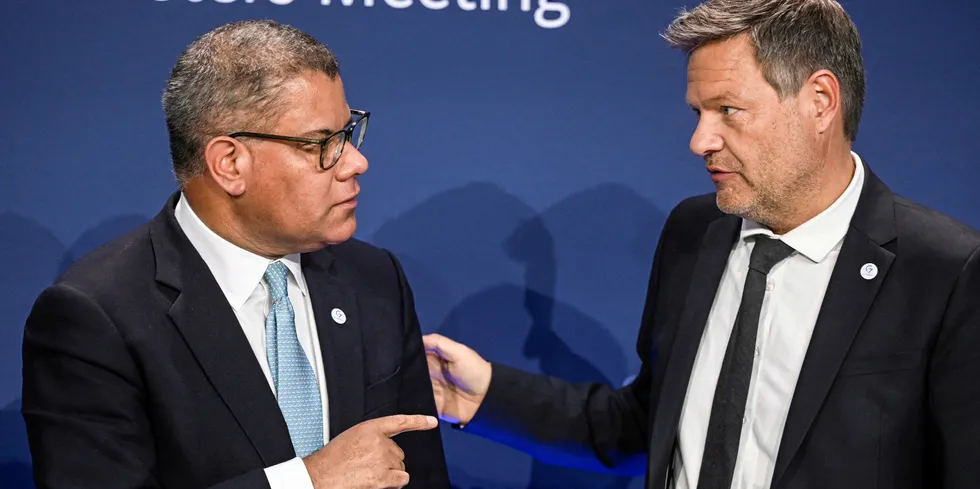G7 unveils controversial 'hydrogen action pact' to tackle climate crisis and Russian gas reliance
Richest nations pledge support for blue H2 and hydrogen use in natural gas infrastructure and thermal power plants

Richest nations pledge support for blue H2 and hydrogen use in natural gas infrastructure and thermal power plants
